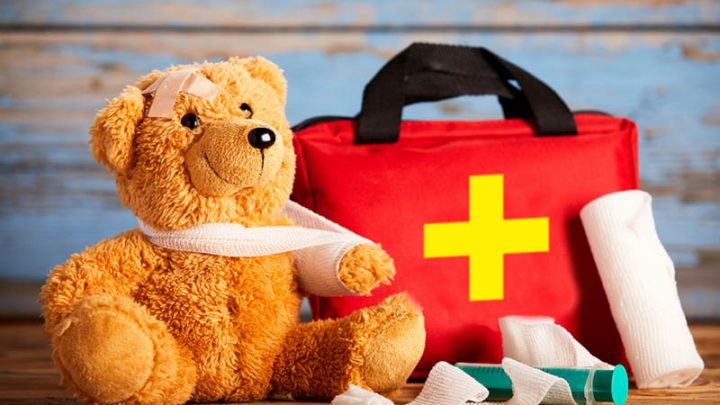So you’ve finally gotten all the prep down for the upcoming baby in regard to clothing and baby gear, but have you done one more very important thing: assembling a baby first aid kit?
A baby first aid kit is a crucial piece of gear to prepare before your baby is born and have with you in your hospital bag when you give birth to your baby.
This way it can be on hand in case there’s some sort of unforeseen emergency.
While there are many pre-built kits sold on Amazon, eBay and other markets, most of them end up being more expensive than assembling one yourself, have items you will never likely need, and are sometimes known to include inappropriately dosed medication.
Not to mention, depending on the stock, some of it might have expired (though that’s unlikely).
That said, it is somewhat faster than building a baby first aid kit from scratch, so if you can spare the extra cash, feel free to find one that fits you.
But, if you’re a budget-oriented mom, you might want to look into sticking to some old-fashioned DIY.
Not only will it cost less, but you get to fully personalize it with things you believe are going to be best suited in helping you deal with any emergency that might pop up.
To save you the hassle and stress, here are the essentials that any baby first aid kit ought to have.
21 Essentials In A Baby First Aid Kit
While useful directly at delivery, the best baby first aid kits are ones that last you through your little one’s first years of life and help keep him healthy and safe while he explores.
Having your own first aid kit that’s specialized to treat your child’s injuries and illnesses is going to save you a lot of trouble and nerves that you’d otherwise spend worrying about his well-being.
And, there’s a lot that goes into one. It’s not just a couple of different bottles of baby-safe medication, there are a lot of tools and other miscellaneous items that go into it.
1. Emergency numbers
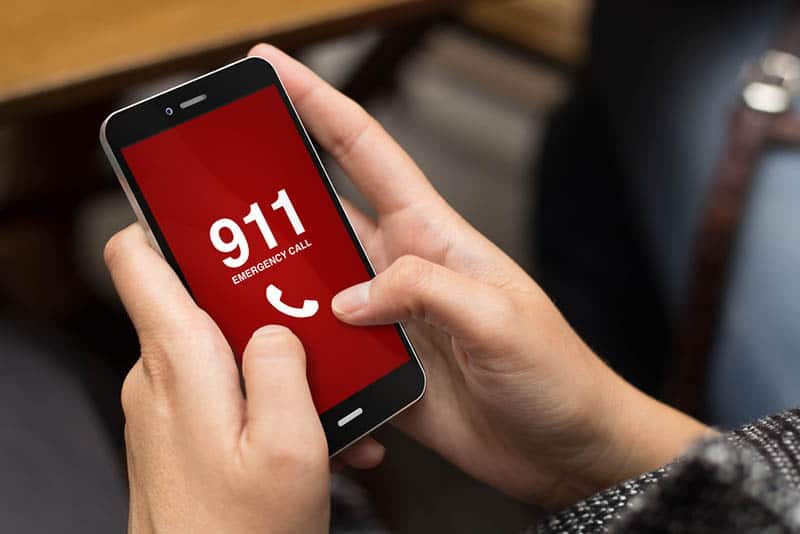
This is one of the miscellaneous items, but it’s an absolutely crucial part of baby healthcare.
You never know when having a list of numbers for all important public services like the police department and hospital can be.
Be sure to also include the numbers of your own personal doctor as well as your husband’s and your own ones in case you’re hiring a babysitter for the night.
Just try keeping it to the 3-5 most important ones and label them properly. You don’t want anyone looking after your child getting confused on which is which – and that includes you.
2. Oral/rectal thermometer
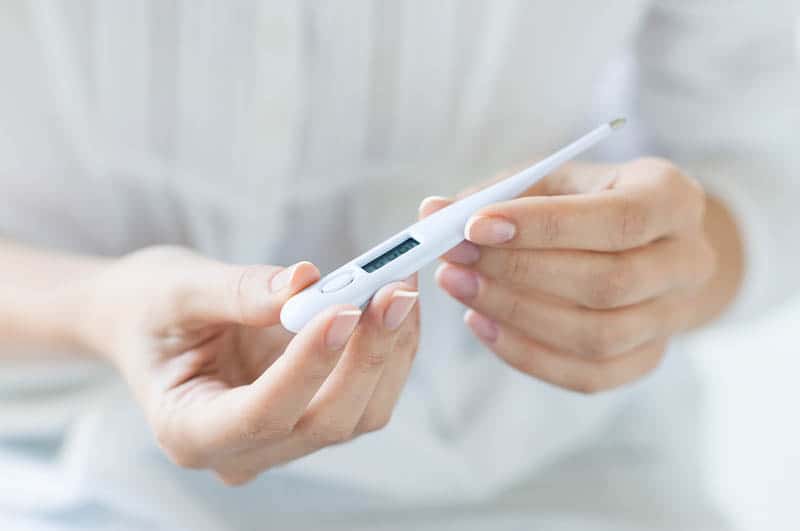
An essential part of any first aid kit for baby troubles is a thermometer, and the ones that give the most accurate readings are either oral or rectal baby thermometers.
If it doesn’t say on the packaging, the way you can spot a rectal thermometer is the small bulb they have on the end that prevents inserting it too far up and causing potential damage to your baby’s behind.
In the same vein, to keep to the safest option, choose a digital thermometer over one based on mercury because having one break and leak could lead to disastrous results.
3. Baby nail clippers
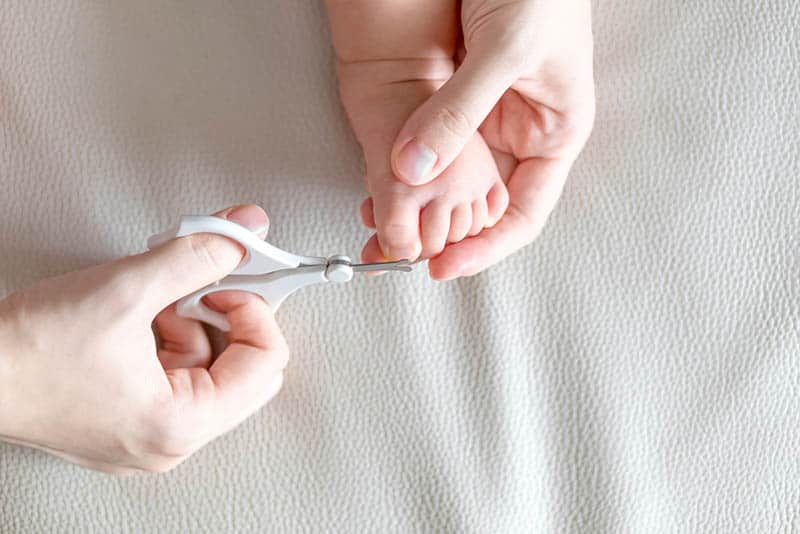
When your kids are still young, their fingernails tend to grow quite quickly and are rather sharp, which you’ll usually end up being on the wrong end of when they cling onto you.
Either you, or your child can easily end up hurting himself as he tries to scratch his nose or something similar.
That’s why having a pair of baby-safe nail clippers is important – to keep those little fingernails trimmed, clean, and safe from accidentally hurting anyone.
4. Saline spray/solution

When your little one inevitably catches a cold or simply gets a stuffy nose from too many boogers, having a bottle of saline spray is going to help clear his little nose right up.
You ought to avoid using conventional nasal sprays due to potentially child-unsafe forms of medicine that might be used in them.
5. Nasal aspirator

Also known as a snot sucker, this serves as either an alternative or a great combo-application to saline solutions.
If your child can’t properly snort up the saline spray to help spread and dissolve the mucus, you’re going to want to have a nasal aspirator handy.
Doing it this way will help clear the nose up more efficiently than just sticking to one or the other.
My personal recommendation would be Fridababy’s Nosefrida snot sucker as I’ve personally used it and found it to be a very effective and affordable nasal aspirator.
6. A medicine dropper

A medicine dropper or medicine dispenser is something that’ll help you feed the medicine to your child by both dosing properly and inserting the medicine straight into his mouth.
An absolute lifesaver when you have to deal with an exceptionally fussy baby.
7. Tweezers
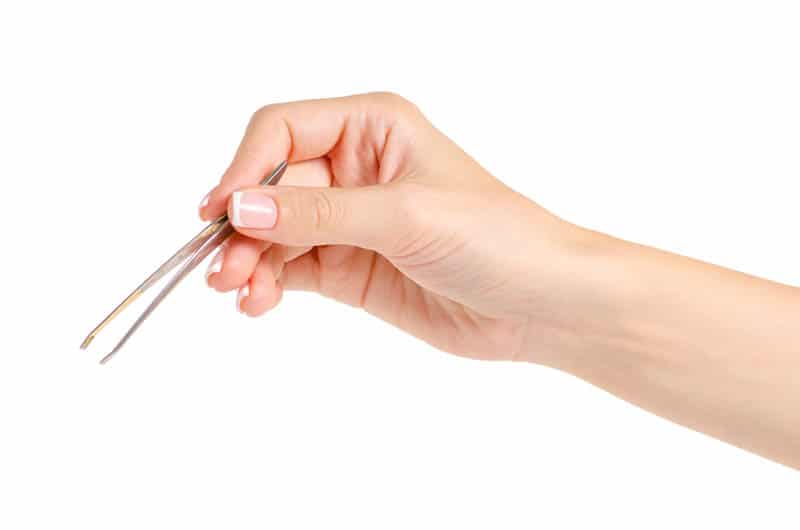
In case your child gets stuck with a rose thorn in his thumb, a splinter from playing around with sticks and old wooden toys, or even a tick (let’s hope your little one is never unfortunate enough to get bitten by one), tweezers are an absolute must-have in any baby first aid kit.
8. Petroleum jelly

A good thing to have in any first aid kit, and not just for babies.
In their case though, it serves the purpose of rash protection from soiled diapers or as a decent lubricant for the rectal thermometer to make it less of a discomfort for the baby.
It can be also used as an alternative form of lotion for those delicate places.
9. Adhesive bandages
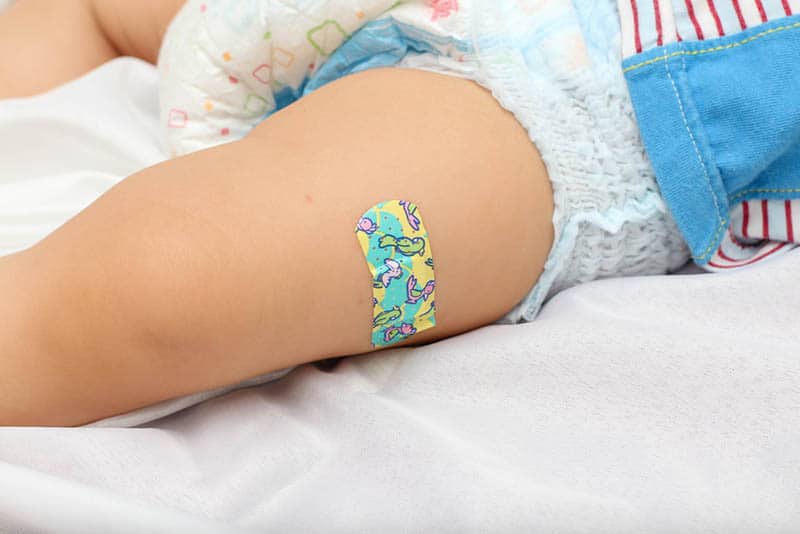
No kit is complete without a band-aid and that goes doubly so for the ones intended for mobile kids.
Your little explorer is more than likely to experience his fair share of cuts, scratches, and bruises as he maneuvers his way around the vicinity, and having bandages on hand will allow him to continue his exploration quickly enough.
For the best “performance,” get ones that sport vibrant colors or cutesy prints to bring your little one’s spirits back up and calm him down faster.
10. Alcohol wipes
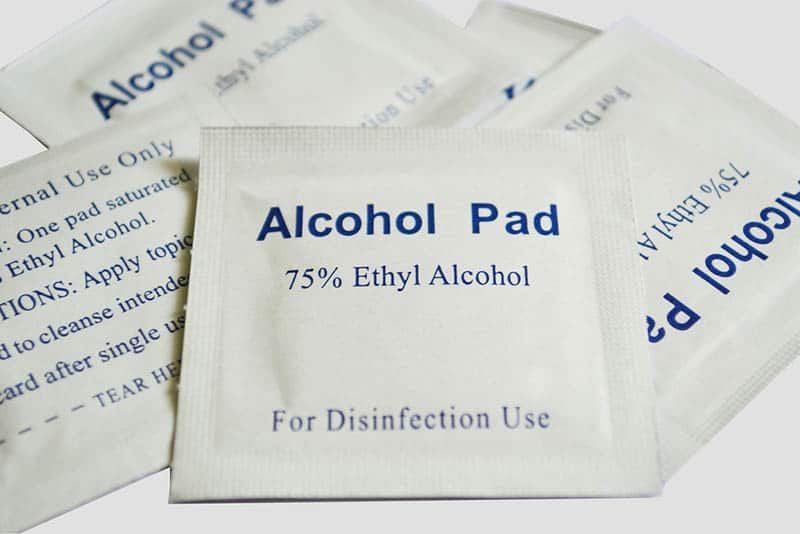
Mostly used for disinfecting other items like tweezers, the thermometer, and the like, alcohol wipes are another essential item when maintaining the kit tools, especially if you have other kids so you don’t transfer any germs.
11. Gauze pads and cotton balls

In case of a particularly nasty cut or if you need to clean your kid up properly, sterile gauze pads and cotton balls do the trick thanks to their softness over something as rough as a towel or similar.
Plus they’re way more portable and can fit into a kit rather than having to deal with a giant piece of cloth.
12. Cotton swabs
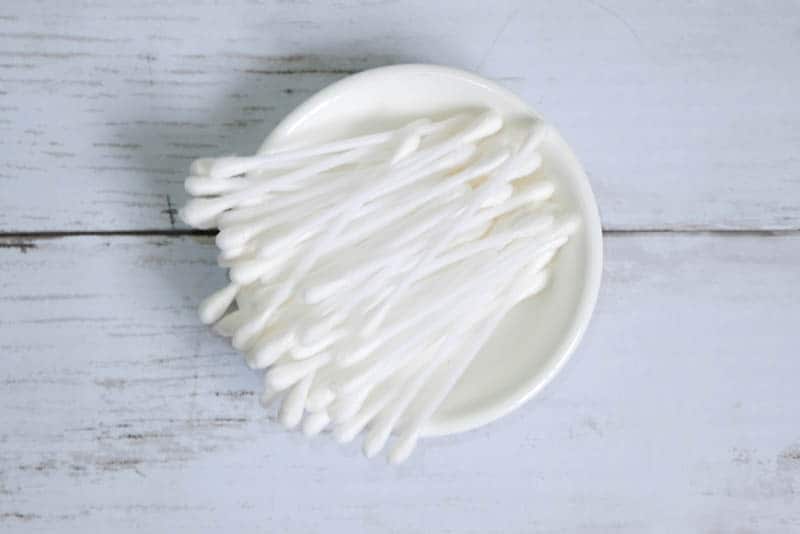
For when you need to clean your baby’s ears, umbilical cord stump, or any of the other more delicate spots that require a bit more precision than gauze would provide, use a cotton swab, but make sure to use a gentler touch than you would on yourself.
13. Infant acetaminophen

The most important baby medicine that you’re going to need in your baby’s first aid supplies.
This batch of liquid gold helps serve as a pain reliever for your child, helping him endure all those baby pains that come from teething or vaccinations, and will serve as the best option for the first two months of your child’s life.
You’re most likely to find it under the name Tylenol. Just make sure that it is intended for infants and not adults.
After about half a year, you can swap to using ibuprofen, though for both these cases, make sure that you get the child dosage right, because the regular adult ones are too strong for your baby’s still developing body.
14. Vapor rub
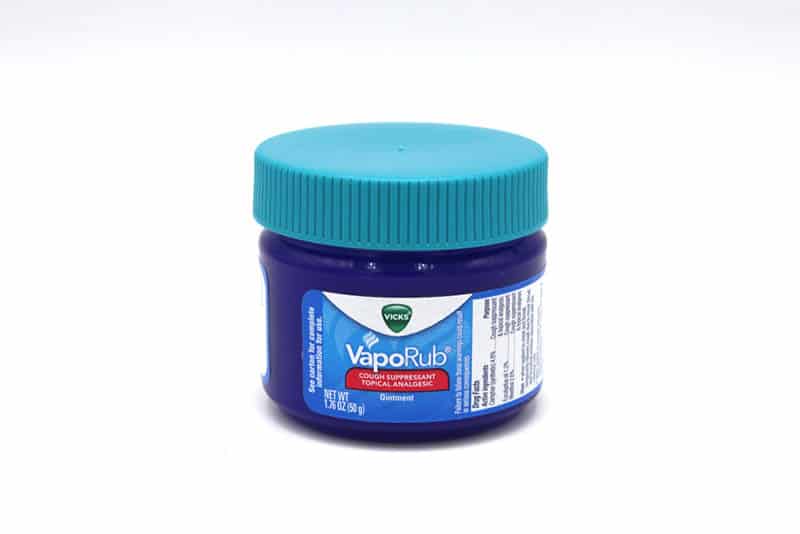
A quick and easy to apply antibacterial and antimicrobial ointment that helps to soothe nasal congestion and relieve coughs, especially at night time when these symptoms rob your little one of precious sleep.
Remember, though, to not apply it anywhere near the baby’s mouth.
15. Hand sanitizer

Handling an injury requires clean hands, so having a small bottle of hand sanitizer is a must.
It also works as a good way of cleaning your child’s hands if you’re away from home and it’s meal time.
16. Antiseptic spray
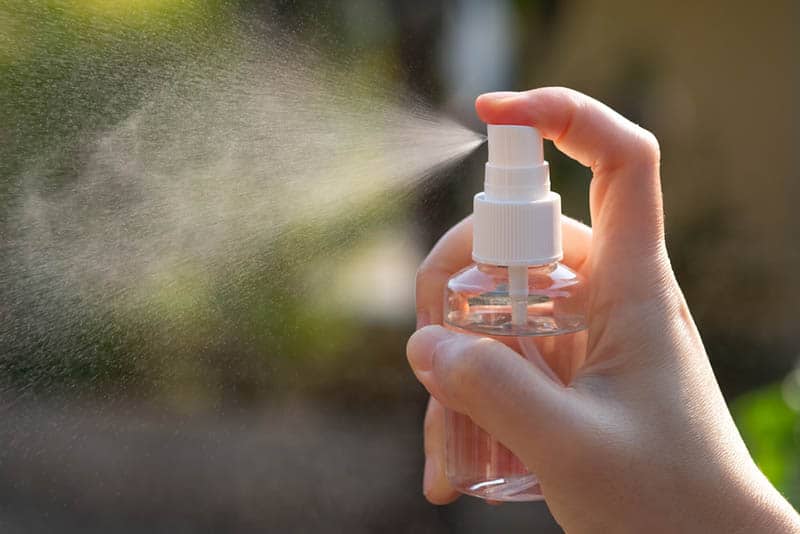
Another important part of every baby first aid kit is a disinfectant spray that you can quickly apply, one that’ll keep any nasty bacteria away from entering a wound while you patch it up.
It might sting your baby a little and he might cry, but that’s an expected reaction and it’ll soon be over.
17. Latex gloves
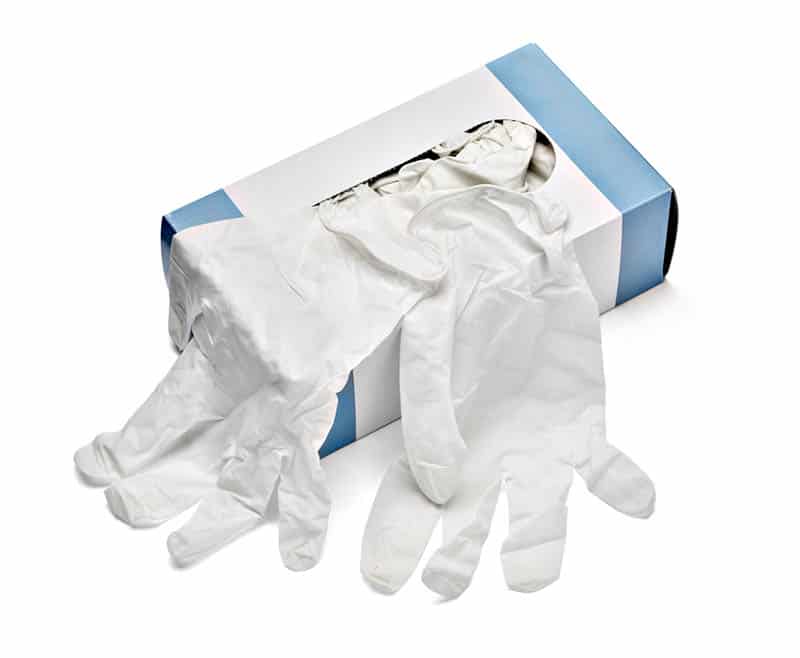
Having a few pairs of these never hurts, especially if you have to handle an injury yet have no hand sanitizer nearby, or aren’t a fan of handling a diaper disaster.
18. Cradle cap comb
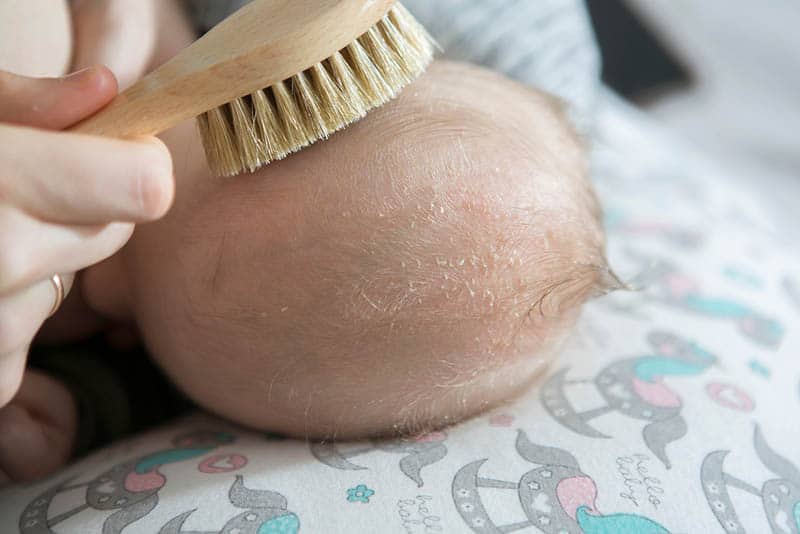
One of the few items from a grooming kit that go well with the rest of the first aid package is a cradle cap comb.
Its soft bristles help lift the flakes off a baby’s scalp and alleviate the symptoms of cradle cap.
19. Adhesive tape
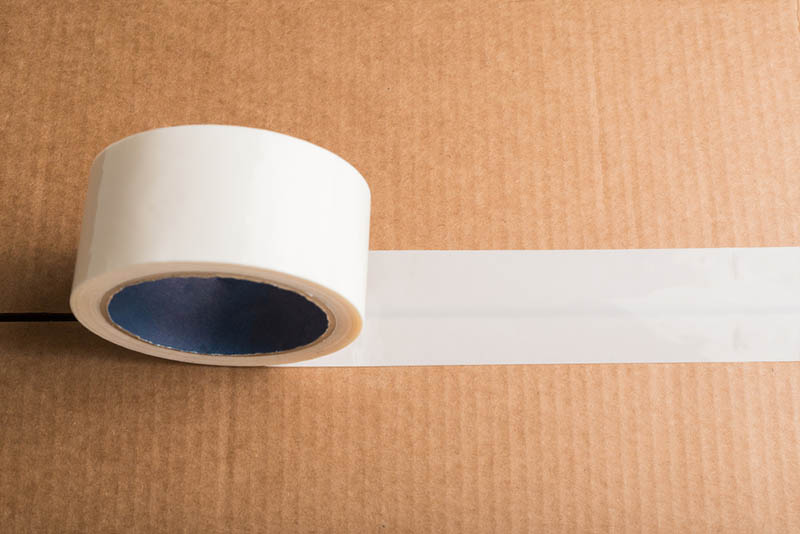
While a bit less useful than some of the other essentials, adhesive tape is great for when you have to secure gauze to an injured part of a child’s body.
20. Ice packs
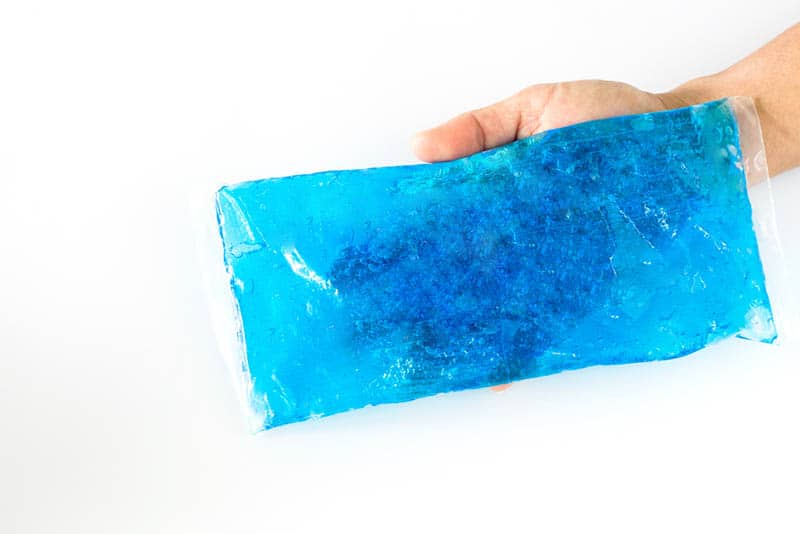
Instant ice/cold packs are another really good item to have around in a baby first aid kit for when your child gets a particularly nasty, swollen bruise.
Luckily, some of these modern ones are more portable than before and take up a lot less space yet are just as efficient.
21. A place to put the healthcare kit items in
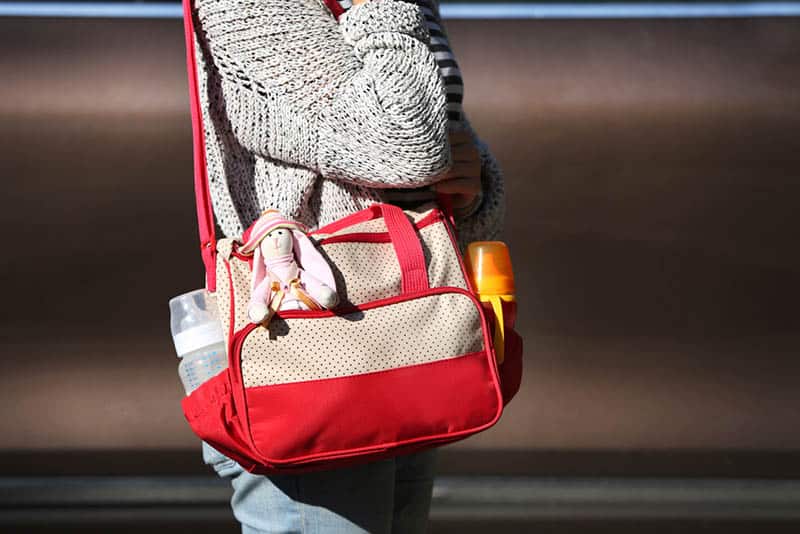
Some people are more likely to use a see-through plastic box to help keep all this stuff in and put it in neat compartments to help organize better.
But, if you’re not a fan of that, you can do what I do and use your own diaper bag to store the individual items in.
Usually they’re very neatly compartmentalized already so you don’t have to worry about getting an additional container, unless you want the added safety.
For me it was easier because it allowed me to have both the healthcare kit and the grooming kits in one place, so I could use a toddler toothbrush to brush my child’s teeth while clearing out his stuffy nose with a bit of saline solution.
EXTRA: Anything else you might feel is necessary
Because every child is different, they’re all going to have different needs and different problems to deal with.
The rest of the items in your baby’s first aid kit are going to be up to you to decide.
Make sure to tailor it to all of his specific needs so you never have to worry whether or not you have the right tool for the job.
Things like specific allergy medication, a spare pacifier, gripe water to help with colic, probiotics, or anything else that comes to mind really. After all, you can never be too prepared.
Top 2 Baby First Aid Kits
Now, if assembling a baby healthcare kit of your own seems like a bit too much trouble, you can always resort to the premade ones that you can get online, but it’s important to know which ones are good.
That’s why I did a little bit of research and found a few good choices:
1. American Red Cross Deluxe Health and Grooming Kit
- Deluxe baby health kit: This Grooming kit is essential for your baby and provides all the items needed from infant to toddler
- Easy view tote bag: items come in a tote that keeps things together and is easy to carry around at home or on the go
- Grooming items: include toddler brush, comb, scissors, nail clipper, fingertip toothbrush, toddler toothbrush, and a mirror
Prices pulled from the Amazon Product Advertising API on:
Product prices and availability are accurate as of the date/time indicated and are subject to change. Any price and availability information displayed on [relevant Amazon Site(s), as applicable] at the time of purchase will apply to the purchase of this product.
A combo of a grooming and baby first aid kit that’s been approved by the American Red Cross foundation itself and certified as a product that carries most of the essentials in a transparent little tote, so you can check if you have all the items on you at all times.
And not only does it carry grooming essentials in the form of nail clippers, cradle cap combs, and safety scissors, as well as items crucial to your child’s health like a nasal aspirator, medicine dropper, and digital thermometer, it also comes with a wellness guide for your baby.
It’s a great introductory kit for new parents and has everything they’ll ever need in most situations, thus I wholeheartedly recommend it myself.
2. Safety 1st Deluxe Healthcare and Grooming Kit
- Deluxe wrapping clutch case with two easy-view compartments
- Easy-grip brush with soft bristles
- Gentle care comb with comfort handle
- Nasal aspirator with small, flexible tip for babys comfort
- Bottle medicine dispen
Prices pulled from the Amazon Product Advertising API on:
Product prices and availability are accurate as of the date/time indicated and are subject to change. Any price and availability information displayed on [relevant Amazon Site(s), as applicable] at the time of purchase will apply to the purchase of this product.
An affordable little first aid kit that doubles as a grooming kit.
Packed with all sorts of neat essentials like nail clippers, a medicine dispenser in the shape of a tiny bottle, and a nasal aspirator.
Not only that, it also has the key components of grooming kits like a toddler toothbrush and cradle cap comb, thus this package serves as a great starter kit you can build upon.
6 Things To Keep In Mind For Baby First Aid Kits
Whether you’re a new parent or one that’s been around the block, there are a few key things everyone should know when handling first aid kits, especially ones intended for babies.
1. Always disinfect your hands and your gear

The importance of hand sanitizer is massive when it comes to working with a baby healthcare kit.
Humans can carry all sorts of germs and bacteria, and we are no exception, so making sure our hands are clean right before we start using any of these items is going to help reduce the risk of your baby contracting any nasties.
That’s because, as mentioned before, babies don’t yet have the developed bacterial flora or immune system that an adult has, and are thus more susceptible to diseases.
That’s why you should make it a routine to clean and disinfect the tools in the baby kit after every use – not just your hands.
2. Do routine maintenance on the medication inside the first aid kit
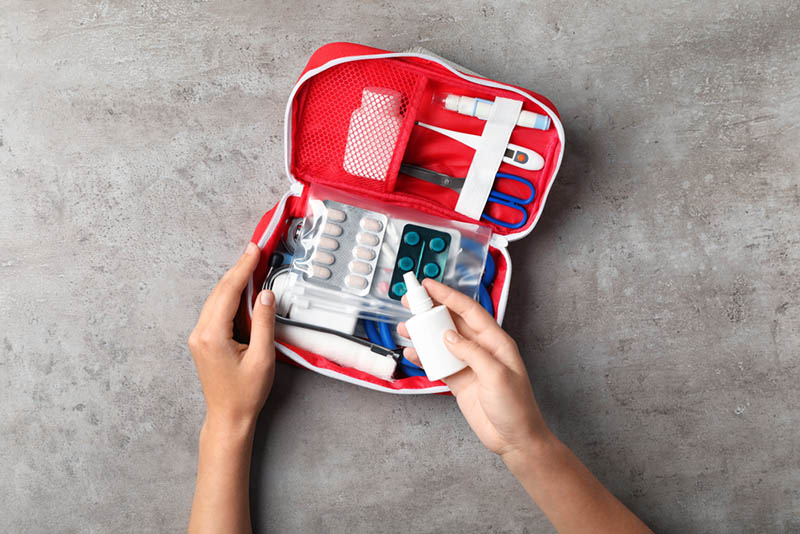
Just like how food has an expiration date, so too does medicine.
You don’t want to end up giving expired medication to your child as that’s more likely to be poison at this point than anything else.
This is why it’s important to check all their labels every so often just so you don’t end up making that mistake.
And, it’s also the reason why I usually don’t buy from non-approved sellers on Amazon when delicate items like food and medicine are concerned.
3. Get transparent tools rather than opaque ones
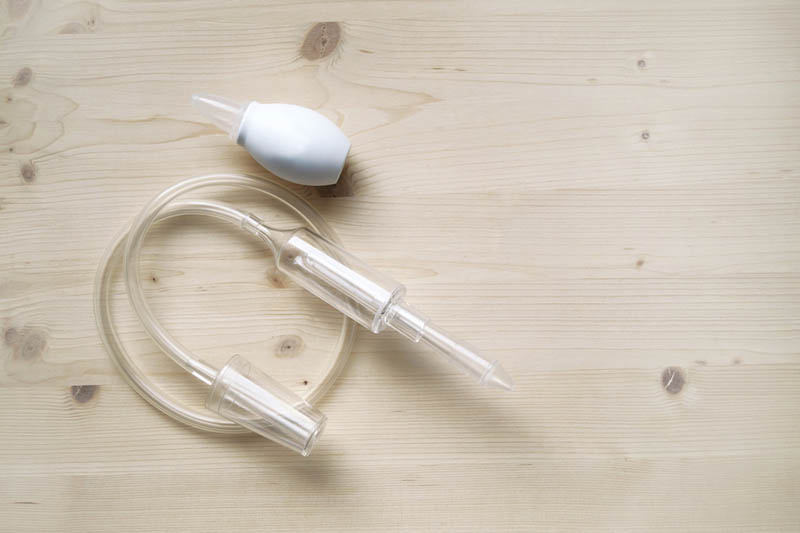
It isn’t an unknown fact that mold grows in all kinds of places, and nasal aspirators are no exception.
It wouldn’t come to mind if it was opaque, but when an item is transparent, you’ll be able to spot if there’s some lingering mucus left inside so you can clean it properly and not allow any mold to grow in it, rendering the item unusable and in need of replacement.
4. Follow the dosages to the letter

When handling medicine, it’s of grave importance that you never go over the intended dosage for anyone, especially children.
This, again, relates to their underdeveloped immune system and organs that are not able to handle an excess amount of medicine, leading to potential side effects and complications.
5. Babyproof your first aid kit

It’s no secret that kids like snooping around in all nooks and crannies, and a baby first aid kit is one of the last things you want them exploring.
This is why it’s always important to put it somewhere out of their reach or to keep it under lock and key, arguably the one benefit of using a smaller, separate container over the diaper bag method that I prefer.
6. Don’t overly rely on the kit
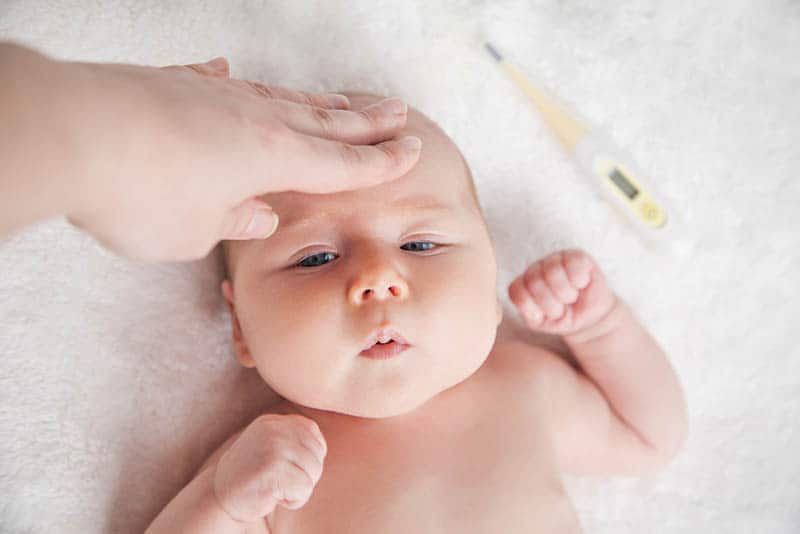
While having medicine handy at all times is great, not all problems require their use.
Make use of your maternal intuition and judgment to figure out when it’s correct to use it and when not to.
That said, if it’s a more serious issue, don’t leave it up to your intuition alone. Instead, use those stored emergency numbers and call your family doctor or your child’s pediatrician.
They’re there to advise you on any medical situation and are going to be able to diagnose the problem better than anyone else could.
Always make sure to heed their advice first over anyone else’s.
In Conclusion
Assembling a baby first aid kit can prove to be a bit of work, but is overall worth it over buying one as you can personalize it to cater to all of your precious little child’s needs rather than having to rely on pre-bought ones with generic items.
That said, the ones you purchase online can serve as a great foundation to build on as your child grows up, and if that makes it easier for you, then feel free to do so.
Whichever way you decide to go, know that having a first aid kit nearby at all times is essential when your little one is growing up, especially if he’s prone to injuries or toddler acrobatics.
I do hope that you won’t need to use one at all, but you can never be too careful with the amount of energy our kids expend on a daily basis. Make sure they stay safe at all times, mammas.
READ NEXT: 7 Best Baby Grooming Kits For Your Little One
Like this post? Please share or pin it for later. You can also stay in the loop and follow us on Facebook, Instagram and Pinterest.
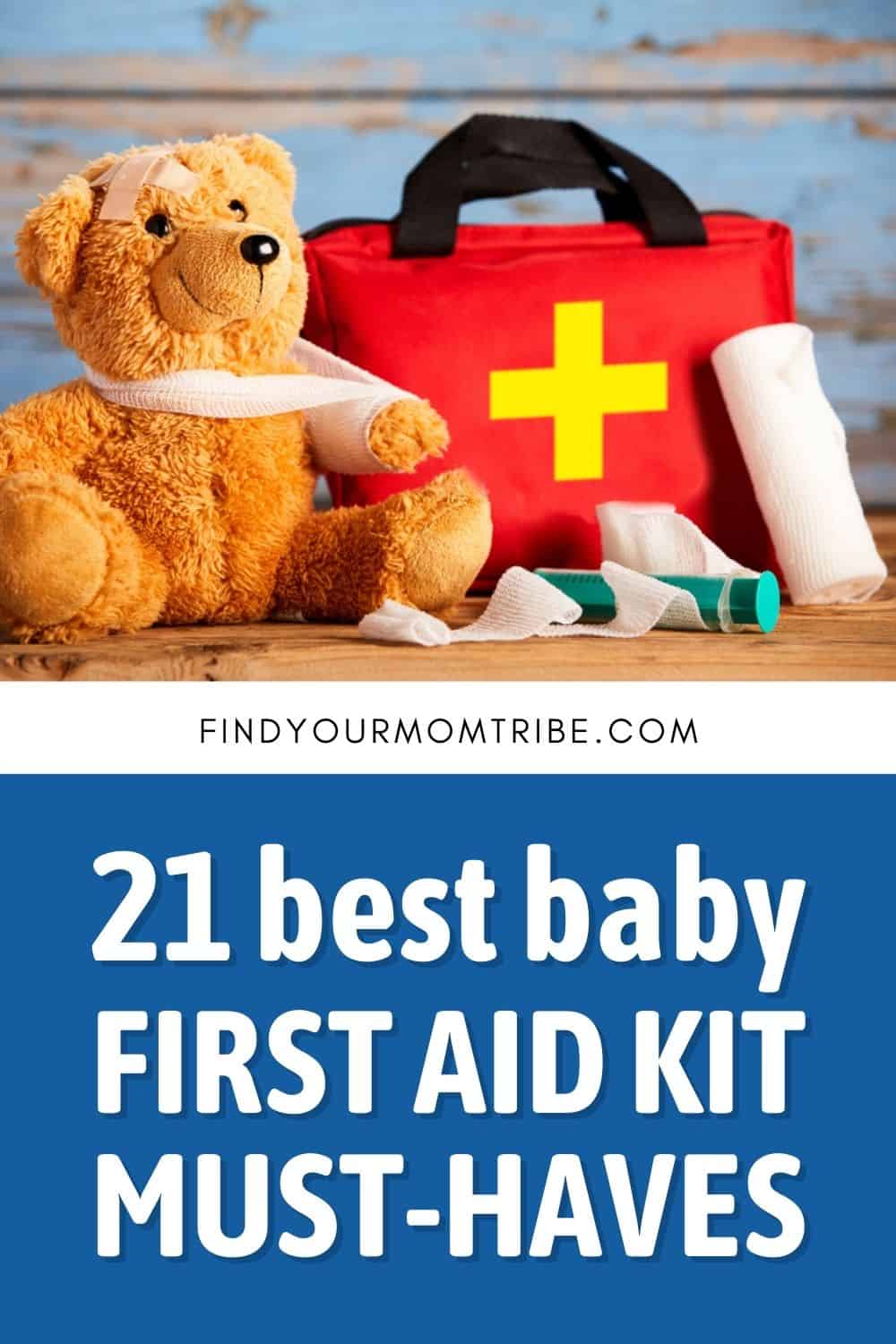
We love honesty! Find Your Mom Tribe is an Amazon Associate and we earn from qualifying purchases through affiliate links at no extra cost to you. Please see our full Amazon Affiliate disclosure for more information.

